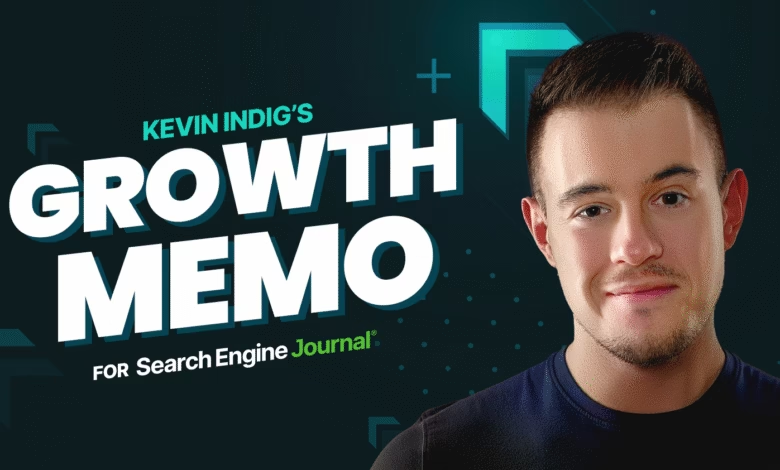Boost SEO with a Topic-First Strategy: A Practical Guide

▼ Summary
– The article emphasizes shifting from keyword-first to topic-first SEO for long-term visibility in search and LLMs, requiring operational changes across teams.
– Building a topic map and matrix is essential, using audience research to ensure deep topical coverage and align content with user intent.
– Audience personas and their specific problems should guide content creation, expanding into subtopics and fringe content to enhance authority.
– Internal and external linking should be optimized by topic to reinforce topical authority, using tools like Clearscope or Ahrefs for efficiency.
– Measuring SEO performance by topic, rather than just keywords, helps track improvements in rank, CTR, and conversions, building a defensible edge in visibility.
A topic-first SEO strategy is no longer optional for brands serious about long-term search visibility. Moving beyond keyword lists to comprehensive topic coverage signals authority to both search engines and users. Here’s how to implement this approach effectively across your organization.
Building a topic map forms the foundation of this strategy. Unlike traditional keyword research, this framework organizes content around core themes that reflect your expertise. Start by identifying five to ten broad parent topics that represent your brand’s offerings. For example, a sustainable home goods company might focus on themes like eco-friendly materials, zero-waste living, and green home design.
Audience research transforms generic topics into targeted content. Personas reveal how different users engage with your topics, homeowners may search differently than property managers, even for the same subject. Sales teams, customer service logs, and direct interviews uncover real questions that become subtopics. Tools like Gummy Search or Humata AI can streamline this research by analyzing discussions on platforms like Reddit and Quora.
Expanding into fringe subtopics strengthens authority. While high-volume keywords attract traffic, niche content builds depth. Look for unanswered questions, industry debates, or advanced insights that competitors overlook. Wikipedia’s structure and “People Also Ask” boxes in search results can spark ideas for related subtopics.
Internal linking should reinforce topical clusters, not just navigation. Instead of randomly linking to recent posts, connect pages within the same theme to boost relevance. Tools like Clearscope or Ahrefs can suggest contextual links, but human oversight ensures alignment with your strategy. External links should also prioritize sites with authority in your niche, like trade publications or professional associations, rather than chasing generic backlinks.
Measuring success requires a shift from keywords to topics. Group related URLs to track performance by theme, not just individual pages. Improvements in rank, click-through rates, and conversions for entire clusters signal growing authority. Early wins often appear within weeks of publishing or refreshing a topic’s content.
The payoff? A self-reinforcing cycle of visibility. Comprehensive coverage earns engagement and links, which in turn drives more search recognition. This approach future-proofs your strategy against algorithm updates and AI-driven search shifts.
For teams ready to operationalize this, assign writers to specific topics or personas to ensure depth and consistency. AI tools can help scale content variations for different audiences, but human expertise remains critical for nuanced perspectives.
The bottom line: A topic-first mindset isn’t about chasing trends, it’s about building a durable, user-centric foundation that search engines reward. Brands that master this will stand out in an increasingly competitive landscape.
(Source: Search Engine Journal)






